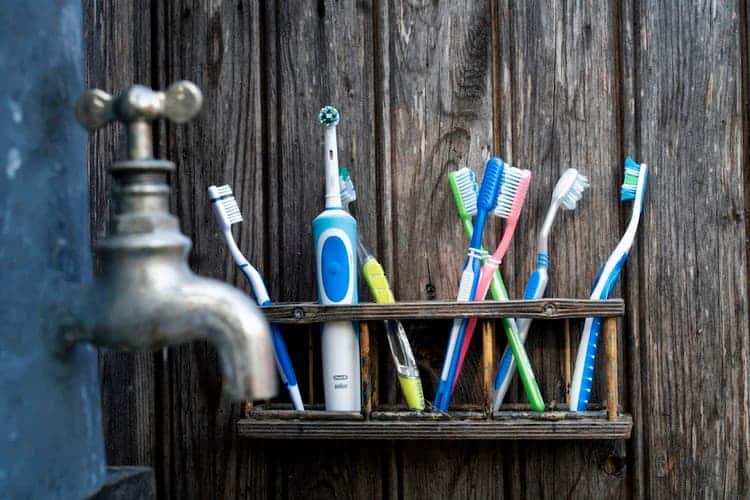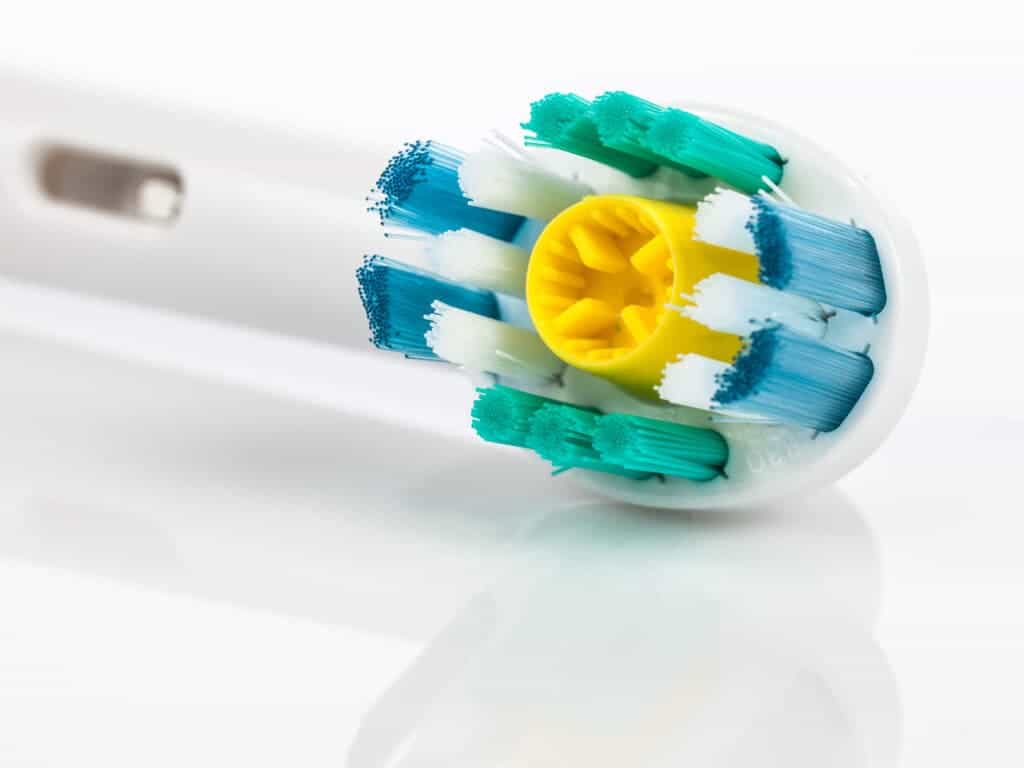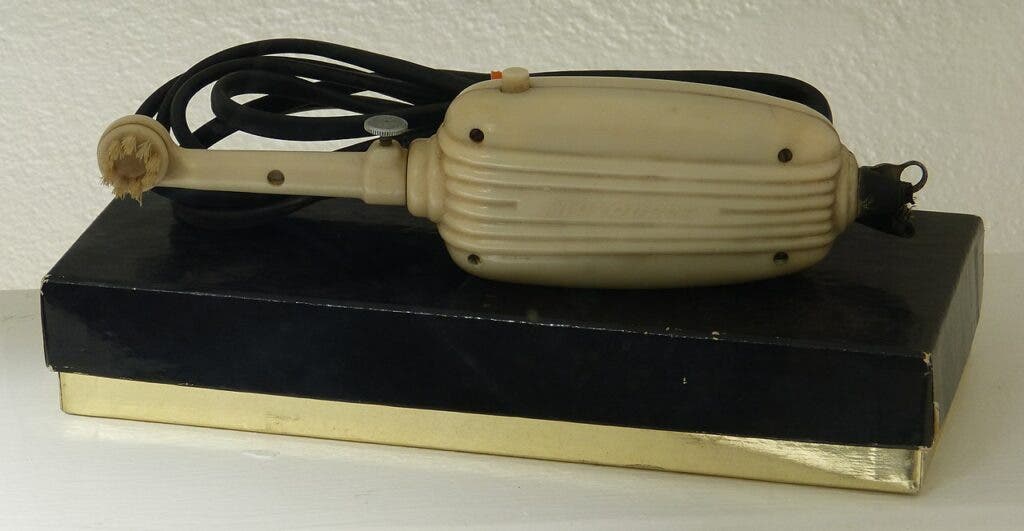The evidence behind many dental practices we take for granted is surprisingly thin. It’s often a case of what dentists recommend, but dentists often recommend on their own anecdotal experience, not large-scale studies. When it comes to electric vs regular toothbrushes, the studies blend in with the anecdotes and the marketing, but there is actual evidence here.
The existing evidence seems to suggest that electric toothbrushes are more effective against plaque and gingivitis, and their long-term usage can help tackle some common dental conditions. How much more effective are they? Let’s see.

The toothbrush wars
We wash our teeth a couple of times every day (hopefully) but it turns out we’re not doing a very good job. People are confused about how we should brush our teeth, and we’re not really that good at it — even medical students aren’t always doing it properly. This is where, allegedly, electric toothbrushes would come in to help: they would do much of the brushing for us so that our often faulty technique wouldn’t come in.
Anecdotally at least, it seems to stand up. A lot more people seem to be using electric toothbrushes nowadays, more dentists seem to also support them, and most people who made the switch are unlikely to come back. But it wasn’t smooth sailing for electric toothbrushes.
The first patent for electric toothbrushes was filed in 1937, although the first practical electric toothbrush wasn’t developed until 1954 by a Swiss inventor named Dr. Philippe-Guy Woog. They were quickly endorsed by American dentists and took off in the 1960s. These models, however, were large and bulky, and left much to be desired. It wasn’t until the early 1990s that the new generation came into action.
The first ‘new age’ electric toothbrush was Sonicare. Sonicare was bought by the multinational mammoth Philips in 2000 — it had become the best-selling electric toothbrush in the US by far. In 2005, another giant company (Procter & Gamble) bought Gillette, which owned Oral-B — Sonicare’s main rival. The two competitors brought a lot more pizzaz to the electric toothbrush market. They made them work faster, better, with slender batteries that increased autonomy and were easier to charge. They also started marketing them in different ways: they were no longer a means to keep your teeth clean — they are a high-tech precision accessory.
But making something more popular and more marketable doesn’t always mean it works. Just think of the cigarette advertorials from decades ago, they even featured doctors who said cigarettes make you healthier — even as the science was showing the opposite. The science-marketing avenue is not a one-way street: science gets brought into marketing, but sometimes, marketing also sneaks its way into science.
So then, what does the science say?
Electrical toothbrush science
In the early 2000s, when the ‘toothbrush wars’ started, the evidence was rather unconvincing. Skeptics pointed to a 1969 two-year study that found no tangible benefit to electric toothbrushes (although the study did note that kids found them more fun and people with disabilities found them easier to use). But electric toothbrushes have changed substantially since those days, and the study wasn’t necessarily relevant anymore.

The science did pick up on toothbrushes, but most of the research was carried out by pharmaceutical companies. There’s nothing inherently wrong with this — although conflicts of interest can be probematic — medical companies carry out research all the time and it’s understandable that they want to see what works and what doesn’t.
The problem is it’s not exactly strong evidence — when conflicts of interest are present, results tend to be skewed towards the positive. But that doesn’t mean there isn’t any reliable science out there.
The reputed Cochrane library (which synthesizes and summarizes medical information) carried a review of 56 studies published from 1964 to 2011. They even went as far as to ask for unpublished data (for instance from a conference that didn’t make it into a peer-reviewed paper), which can go a long way to reducing data bias. The Cochrane review found that after 1-3 months of using an electric toothbrush, there was an 11% reduction in plaque and a 6% reduction in gingivitis. After 3 months of use, there was a 21% reduction in plaque and an 11% reduction in gingivitis. The review stops short of making any claims about long-term dental health, but the findings are significant.
More recently, a study from Germany also reported positive associations with electric toothbrushes: users experienced 20% less tooth loss during follow-up than manual toothbrush users.
“Electric toothbrushes have become increasingly popular among all age groups in Germany but few studies have tested their long-term effectiveness,” said study author Dr. Vinay Pitchika, of the University of Greifswald, Germany. “Our study shows that electric toothbrushes are most beneficial in maintaining good oral health and are linked with slower progression of periodontal disease.”
It’s one single study, but the sample size was 2,819 (so more than half that of the Cochrane review) who were followed over a period of 11 years. According to this study, the best effects are by far on people whose oral health is better — in other words, it’s far better to prevent than to treat, and electrical toothbrushes are better at preventing.
“People who already have relatively good oral health and minimal periodontal breakdown appear to profit the most from electric toothbrushing. Electric toothbrushes were much more effective as a preventive tool rather than when periodontitis had already progressed. People with severe periodontitis need periodontal treatment.”
Another recent study found that pulsed ultrasound toothbrushes can break up dental plaque composed of chains of cariogenic Streptococcus mutans bacteria, one of the main contributors to tooth decay.
However, while the existing evidence does lean towards supporting powered brushes, the Cochrane review points out that the scientific information is of “moderate quality”. This means the information is fairly strong, but there’s still room for improvement when it comes to large scale studies. In addition, while a reduction of plaque and gingivitis should have a positive effect, it’s still not entirely clear just how strong this effect is.
“Powered toothbrushes reduce plaque and gingivitis more than manual toothbrushing in the short and long term. The clinical importance of these findings remains unclear.”
There’s also the matter of different types of toothbrushes. Is a $200 LED-screen AI-powered one better than a $20 vibrating stick? A separate 2010 Cochrane review looked at different types of electric toothbrushes. While the evidence here was far more limited and the difference was rather small, they found that oscillating heads seem to work best.
“The greatest body of evidence was for rotation oscillation brushes which demonstrated a statistically significant reduction in plaque and gingivitis at both time points.”
How to make sense of all of this — and what toothbrush is better
Here’s the thing: it’s never really possible to exclude data bias and we could do with larger studies, but as far as the studies show, electric toothbrushes really do seem to work better.
The same rules apply as with regular toothbrushes, though. You should change the toothbrush head every 3 months (or 6 months at most!), and you should spend approximately 2 minutes brushing your teeth. There’s no replacement for spending time to brush your teeth and covering all the surface, but a person doing these things with an electrical toothbrush should see better results. For patients with limited dexterity, there’s an even greater benefit.
When it comes to which toothbrush should you use, things aren’t as clear. As long as you use it regularly and properly, a $20 electric toothbrush should be good enough. The research suggests that the way brushing is done, including the amount of time spent, is more important than the choice of brush. But a more expensive toothbrush might make you more likely to use it, which is also worth something. For instance, some toothbrushes use Bluetooth to send data to an app which tells you how long you’ve been brushing and whether you need to do it more. If this doesn’t help you decide which electric toothbrush to choose, you should probably get the one you’re most inclined to use.
In the past decades, society’s dental health has improved remarkably, but there’s still a long way to go. Technology can be of help, but it’s ultimately up to us to employ good hygiene.



